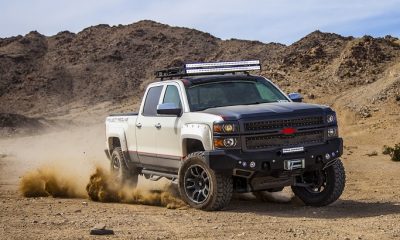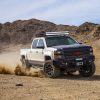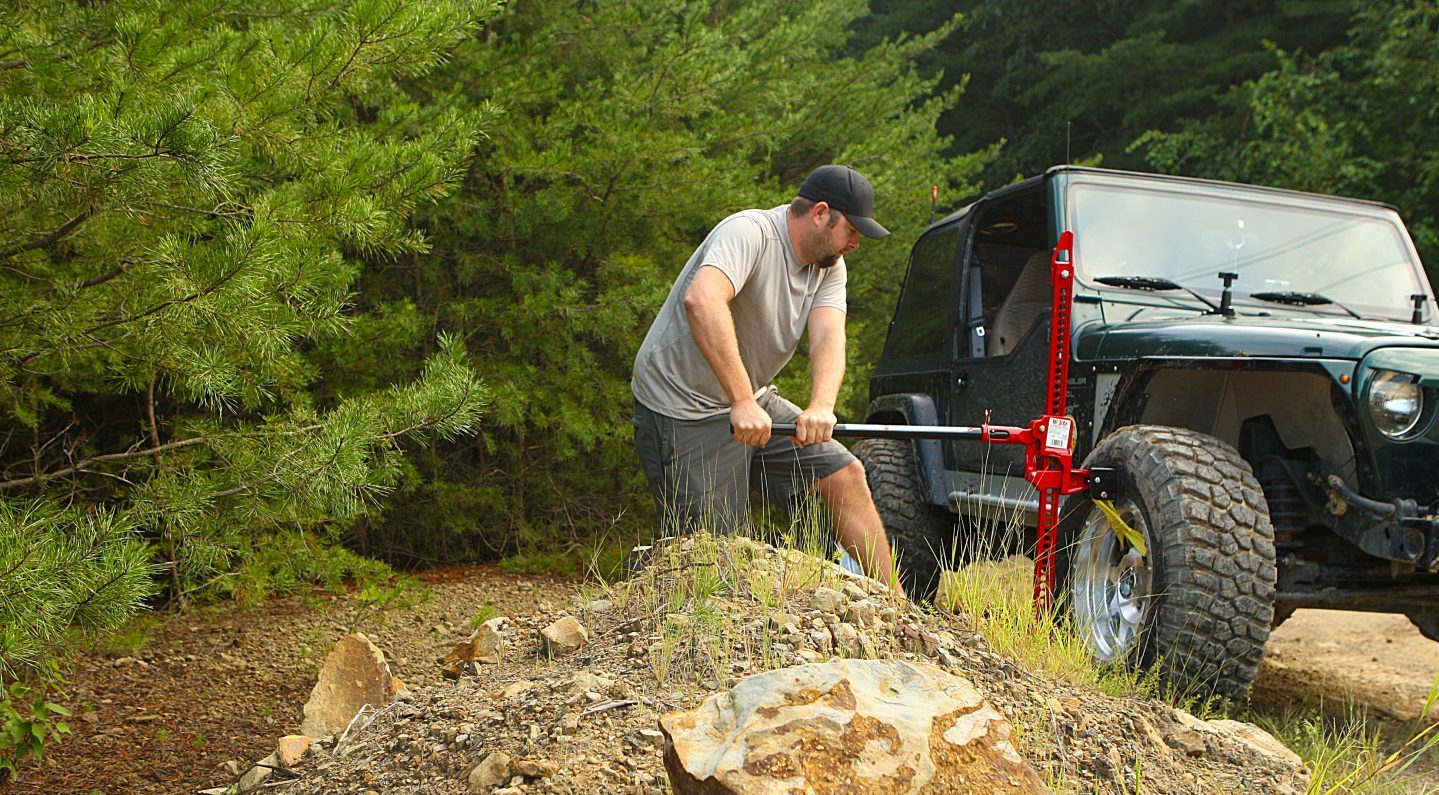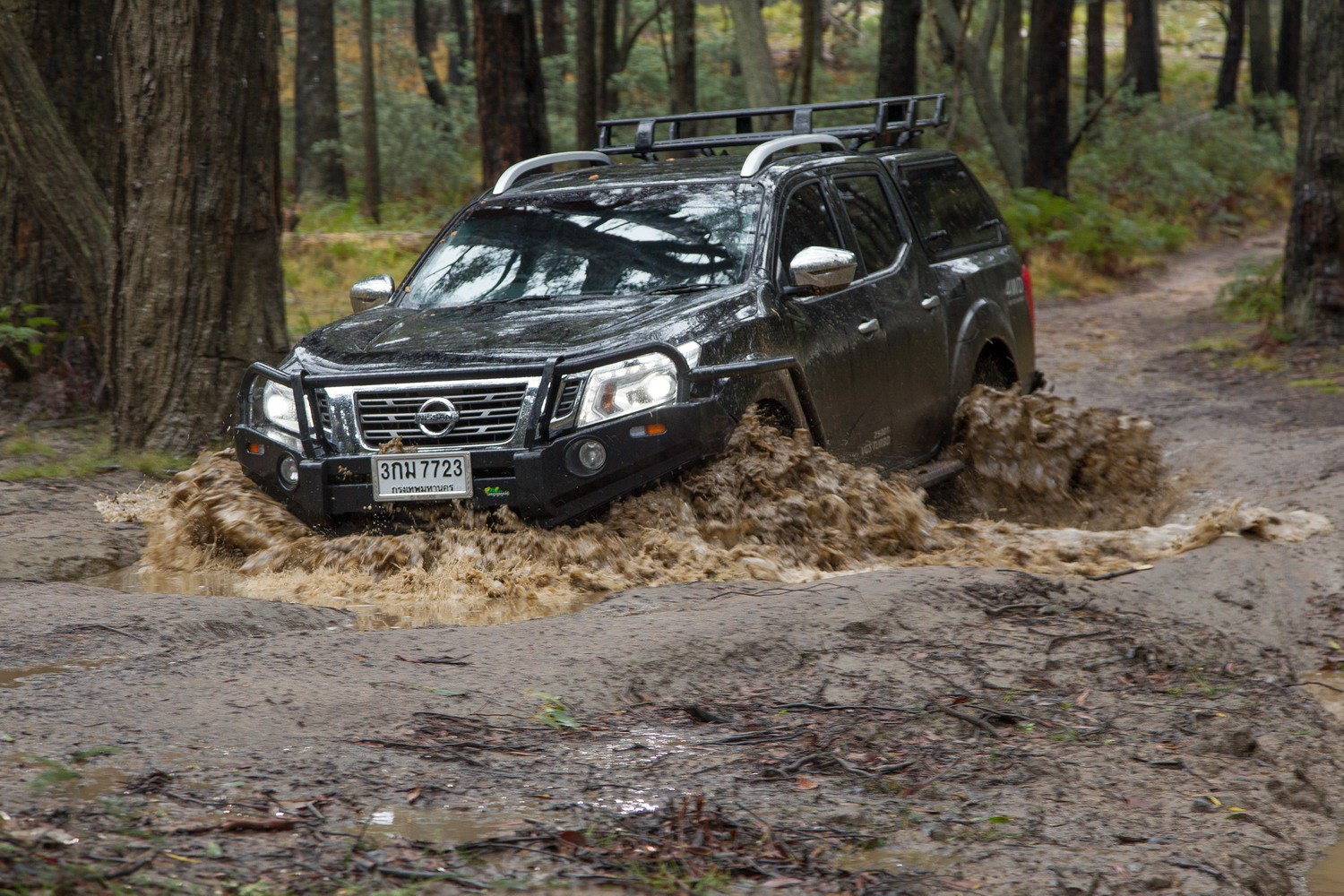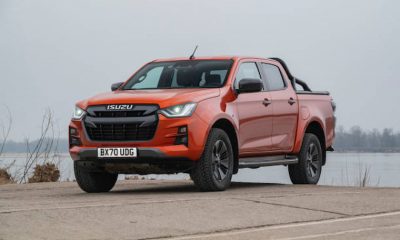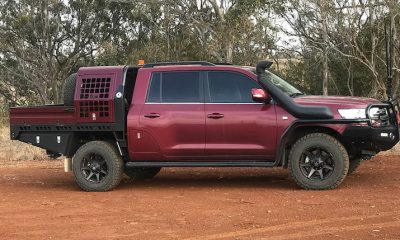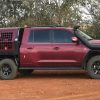Automotive
Taking Roll Call on Your Car’s Safety With Roll Bars
4×4 roll bars will improve your entire off-road experience by offering the additional safety you need. Find high-quality 4×4 sports bars that you can rely on for your Ute.
Here’s a simple question: “If there was one single modification you could make to your vehicle, especially if you’re a 4×4 or ute owner, that could save your life AND make your vehicle look good, would you make it?”
The answer should be, “yes.”
And if you’ve answered, “yes,” then you don’t have to look further than full function roll bars.
Let’s be honest: we all remember the days when tree-limb sized, double-dipped chrome quad bar setups sprouting from truck beds were pretty common. .. and with enough roof lights to shame a 747, it was hard to resist forming a truckload of opinions about whoever was doing the driving. Let’s be no less honest here too and acknowledge that more often than not, those setups were a much bigger boon to egos than they were to safety.
In all fairness, just about anything that adds even a few more centimetres of protection during a rollover is going to be worthwhile. Fortunately, trucks are designed to be far safer in a rollover than they were even a decade ago – but we’re equally fortunate that roll bars have also gone through a world of evolution since then.
Regardless of whether it’s a sleek set of lighted 4×4 sports bars for your brand new truck, or a custom 8-point setup for your rock climbing off-roader; you can bet that there’s already a set of roll bars out there for you. They’re not the gangly, gaudy appendages they used to be, though. They’re better constructed, twice as practical, and infinitely more reliable than they’ve ever been.
At the end of the day, all the engineering that goes into a truck roll bar only has to have one purpose: to protect that vehicle’s occupants from the traumatic head injuries that are likely to happen in the event of a rollover – but safety doesn’t have to take the backseat to look stylish.
What Makes a Roll Bar, Rock
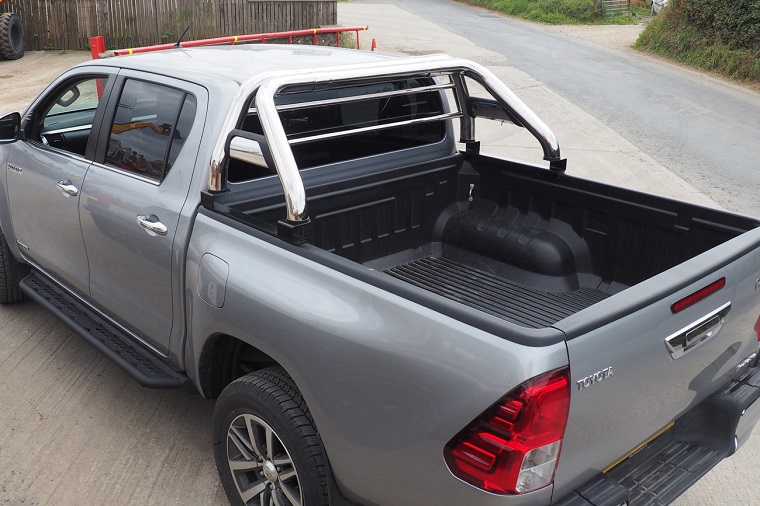
A rollover – a multiple rollover incident – can occur just as suddenly at a local intersection as it can over the side of an outback gorge. It’s only a properly installed roll bar – along with a few simple precautions – that’ll prevent an unfortunate incident from spiralling (…literally) in a serious mishap. To understand what a roll bar is, however, it’s helpful to have a full grasp of what they’re designed to do … and not.
4x4s and Physics
Far from just being a cleverly bent hoop of steel tubing sitting conveniently behind the passenger compartment or resting along the truck bed, a well-engineered roll bar is designed to add structural integrity. Regardless of whether it’s frame welded or chassis mounted, its job is to distribute the tremendous amounts of energy that are unleashed during a rollover – not to absorb them.
For vehicles with higher centres of gravity that spend more time in remote locations, or crawling over the kinds of terrain where the chances of a rollover occurring are infinitely higher, a roll bar’s ability to transfer energy also needs to be higher.
If you’re truly serious about safety, or spend a significant amount of time where rollovers are more likely to occur, avoid buying roll bars for a truck that can’t be secured directly to the frame or to suitable unibody contact points. The last thing you want is a bar that’s itching to shear off and become just another missile in a bad situation.
Size and Substance do Matter
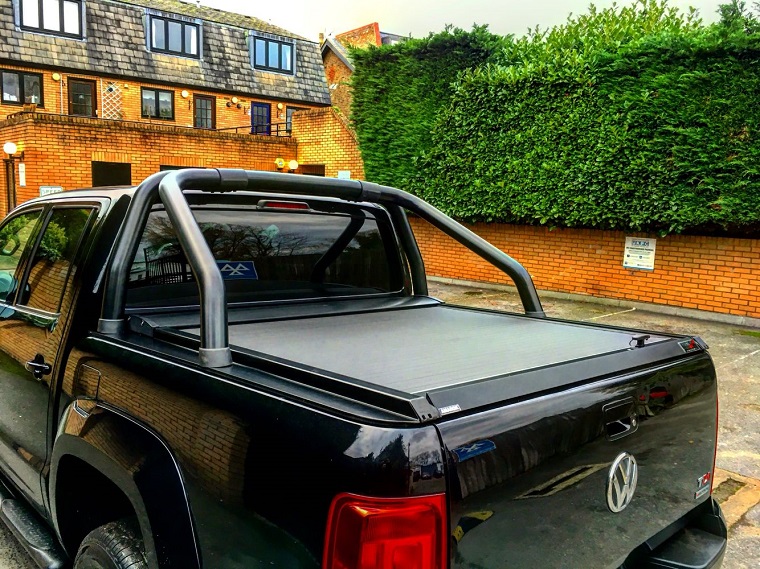
It might be an argument that would get frowned upon in other circumstances, but when it comes to 4×4 roll bars, size does matter. Unless we’re talking about one of a handful of high-end sports cars that are manufactured with stationary roll bars, there’s nothing inconspicuous about roll bars. They’re visible and they’re in your face. For any other vehicle that has a factory-installed roll bar – and certainly throughout the aftermarket – they’re big and beefy… and they’re designed that way for a reason.
Not all roll bars are made the same, however. Sports bars that commonly mount along bed rails are generally made from mild alloy or stainless steel. Available in every finish imaginable from polished chrome to gorgeous powder coats; these are the modern, low profiled mainstays of roll bars. Will they offer a measure of protection in a rollover – absolutely – but they’re not designed to resist much more than the impact from a light rollover.
Bars that are intended to withstand the violent force of several times the vehicle’s weight come in at the top of the food chain. A true, heavy hooped roll bar may be made from a single tube of drawn over mandrel steel bolted to the sub-frame; while an intricately notched and braced, multi-point roll bar (not to be confused with its even beefier, full compartment cousin, the roll cage) might consist of numerous lengths and bends of Chromoly steel welded to each other, and then welded directly to the chassis. For the hardest of hardcore off-roaders, these are the undisputed kings of roll bar setups. Regardless of which bar you decide to go with, keep in mind that the goal of each is the same – rigidity – and that’s how roll bars save lives.
Keep Your Eye the Bar…Roll Bar, That is
Once you’ve invested in and installed a 4×4 roll bar, it’s important not to lose track of the point that it’s still much more than a cool accessory. Just like brakes and tires, a roll bar is an integral part of what’s keeping both you and your vehicle safe.
Every motion your vehicle makes is transferred to the roll bar at all times; and all routine stress aside, you need to be sure that then your roll bar is prepared to fulfil its prime purpose when it’s called upon. Here are a few preventive maintenance tips to keep in mind, no matter which type of bar you have.
- Keep your roll bar clean. Although a truck with a bed roll bar can’t avoid the elements, it’s much easier to head off the calamities that come from rust and porous fittings by simply keeping the bars clean. * For sports bar owners – if you ever decide to put up your roll bar for sale, a well cared for bar will fetch a much better price than one that’s pitted and bruised.
- Perform a regular visual inspection of your roll bar. Keep an eye out for signs of structural damage like dents and cracks that could compromise the bar’s integrity.
- Don’t put off touching up the paint on your roll bar if the visual inspection reveals the need to. Wherever paint comes off the rust won’t be far behind, so address the paint-stripping scratches before they grow into something bigger.
- Check all fastening points. Weld points on heavy-duty setups should be checked (and professionally re-welded as necessary); but this point is especially important for bolt-in roll bars. Fasteners holding a roll bar in place will eventually loosen or rust over time – making your roll bar a potential liability in a rollover instead of an asset – so tighten and replace them.
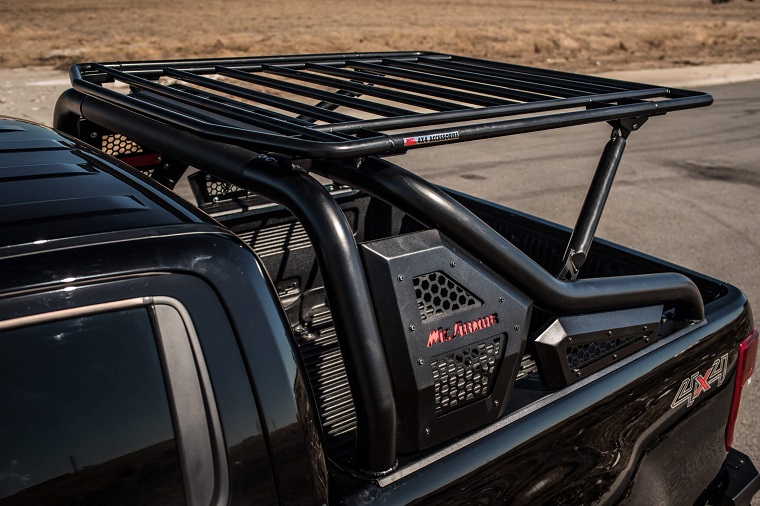
The High Bar for Safety
In the end, whether you’re on the road – or deciding to go off-roading – there’s nothing wrong with having a set of roll bars for that extra measure of protection. There’s simply no way to predict when a roll bar will be needed, but investing in one is an indication that you’re very aware of the potential for needing one…and the seriousness of the outcome for not having one. When combined with seat belts, roll bars give you the best advantage in the unfortunate case of an accident, and still let you look stylish while doing it.


